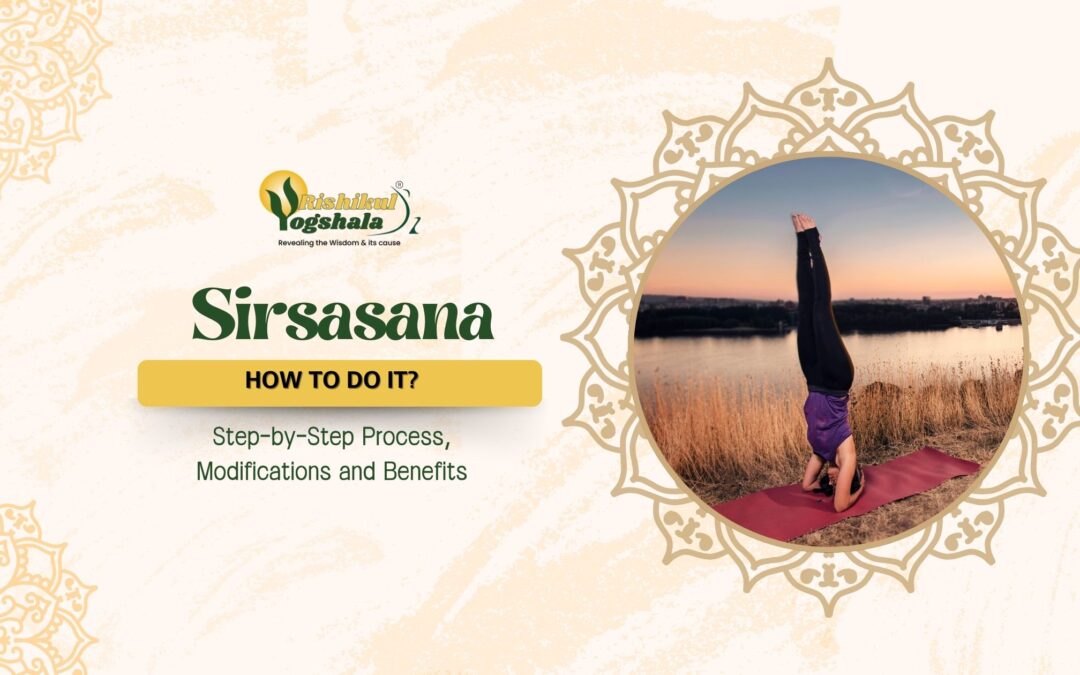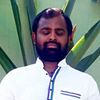Tadasana – Top 5 Excellent Health Benefits
- Blog
- /
- Yoga Poses and Sequences
- /
- Tadasana – Top 5...

Tadasana: The Mountain Pose in Yoga
Tadasana, often regarded as the foundation from which other yoga asanas emerge, derives its name from the Sanskrit words ‘Tada’ meaning mountain and ‘asana’ meaning pose. This fundamental pose in Hatha Yoga serves as a starting point for various standing asanas. It is not necessary to practice this yoga on an empty stomach; you can perform it at any time of the day. However, if you plan to practice additional poses, it’s advisable to eat 4 to 5 hours prior and ensure that your digestive system is clean. This asana helps in focusing concentration on a particular drishti (focal point) and engages the uddiyana bandha, Jalandhar bandha, and mula bandha.
Many people wonder, ‘What is Tadasana and its benefits?’ In this blog, we will explore this foundational yoga pose, including the Tadasana procedure and benefits, helping you understand how it can improve posture, body awareness, and overall health.

How to Do Mountain Pose (ताडासन)
- Stand Straight: Begin by standing upright with your feet slightly apart and your hands alongside your body.
- Engage Your Thigh Muscles: Firm your thigh muscles while avoiding hardening the lower part of your belly. Lift your kneecaps.
- Strengthen Your Inner Arch: Focus on strengthening the inner arch of your ankles as you lift them.
- Stretch Upwards: Imagine a white light extending from your feet through your thighs and neck. Elongate your body, feeling the stretch from your pubis to your navel.
- Look Upward: Slightly tilt your gaze upwards.
- Deep Breath and Stretch: Take a deep breath and stretch your arms, shoulders, and chest upwards. Ensure that your body weight is balanced on your toes.
- Hold and Release: Feel the stretch from the toes to the head, hold the pose for a few seconds, then release with an exhale.

Also Read – Parvatasana (Mountain Pose) – Top 5 health benefits
Tadasana Yoga Precautions
- Avoid If: You have insomnia, headaches, migraines, joint pain, or low blood pressure.
- Limit Duration: Prolonged practice may strain your leg muscles and compress knee joints.
- Knee Pressure: Excess pressure on your knees can cause severe pain.
- Pregnancy: Pregnant women should avoid practicing this asana.
- Feet Position: Proper foot alignment is crucial to avoid affecting other body parts.
Benefits of Tadasana (Mountain Pose)
- Foundation for Other Yoga Poses: Mastering in this asana improves alignment in standing postures, facilitating the practice of other asanas and enhancing overall posture.
- Improved Body Posture: A steady posture helps maintain spinal alignment, which can lead to mental clarity and serenity.
- Helps with Depression and Laziness: Proper energy flow through an aligned posture can alleviate symptoms of depression and laziness associated with poor posture.
- Alleviates Sciatica: Regular practice can help avoid issues related to the sciatic nerve, such as spinal stenosis and ruptured discs.
- Overall Well-Being: It can aid in increasing height, improving balance, reducing flat feet, and enhancing flexibility in the spine. It also benefits the respiratory, nervous, and digestive systems, and can help alleviate menstrual issues.

To explore Tadasana and tadasana benefits in more detail and integrate it into your yoga practice, consider joining our Yoga Retreat In Kerala.
Also Read – Top 10 Health Benefits of Extended Hand to Big Toe Pose (Utthita Hasta Padangustasana)
Conclusion
Tadasana Yoga, is not merely a foundational yoga pose but a gateway to mastering other asanas. By Improving body alignment, posture, and fostering overall well-being, It offers numerous physical and mental benefits. Whether you are a beginner or an experienced practitioner, incorporating this asana into your routine can significantly impact your yoga journey. For a comprehensive understanding and to deepen your practice, check out our 200 Hours Yoga Teacher Training In India. Namaste!








